Can You Do An Accent Wall on Textured Walls
Can you do an accent wall on textured walls? This has been one of my most asked questions on my Instagram over the years, and I am happy to say: Yes — you can absolutely do an accent wall on an interior textured wall. The texture doesn’t prevent the project, but it can change how you prep and finish your accent wall. In this guide, I will explain the different kinds of interior wall textures and discuss ways to work with or remove the texture when installing a feature wall.
Kinds of Wall Texture
Before we discuss ways to work with or conceal the texture on your walls, let's discuss the different types of textures.
1. Smooth Finish
Description: Completely flat with no raised patterns.
Look/Feel: Clean and modern; often seen in contemporary homes.
Pros: Easy to paint and works perfectly for accent walls. This would be the ideal texture for most accent walls.
Cons: Shows imperfections easily; requires more prep work to achieve smooth walls.
2. Orange Peel Texture
Description: Subtle, dimpled texture that looks similar to the skin of an orange.
Look/Feel: Soft and understated, often used in new builds.
Pros: Hides minor imperfections and is easy to apply and match to if repairing a hole in the wall.
Cons: A bit harder to clean than a smooth wall.
3. Knockdown Texture
Description: Created by spraying drywall mud, then lightly "knocking down" the peaks with a drywall knife.
Look/Feel: A mottled, slightly flattened texture that’s more rustic than orange peel.
Pros: Adds character and depth; popular in Mediterranean- or Southwestern-inspired homes.
Cons: Rough to the touch, can be tricky to repair seamlessly, difficult to remove to cover up. This is the least ideal for an accent wall.
Options for Textured Walls
1. Install Accent Wall Directly Over Texture
This is the easy way and will depend on your personal preferences. Start by cleaning and prepping your walls to remove any dust or debris. This includes removing any wall outlets and nails from the wall. Next, attach your boards using brad nails to create your desired accent wall design.
I recommend avoiding construction adhesive since it can damage the wall if you ever decide to remove the boards later. Once your design is complete, caulk all the seams and fill any nail holes for a smooth, finished look. Finally, apply a fresh coat of paint using a low-sheen paint—an eggshell finish works beautifully.
Once painted, the existing texture subtly blends in and becomes part of the overall design. Watch my full, step-by-step tutorial on how to easily install board and batten here on my YouTube Channel.
2. Smooth the Surface First
The easiest way to do this is by applying a skim coat of joint compound to level the wall. Starting at the top, spread a thin, even layer of compound across 2–3-foot sections, holding your drywall knife at about a 30-degree angle and applying firm, even pressure. Work in consistent vertical or horizontal strokes, focusing on filling in the low areas of the texture rather than achieving perfection on the first coat.
Allow the compound to dry for 12–24 hours—once it’s fully dry, it will appear chalky white. Use a fine-grit sanding sponge or pole sander to smooth out any ridges or high spots, then wipe the wall clean with a damp rag. Apply a second, thinner coat to fill any remaining low areas, feathering the edges so the transitions disappear. After it dries completely, sand again until the wall feels smooth to the touch.
Use a bright light at an angle to spot imperfections, filling and sanding as needed. Once you’re satisfied, apply a high-quality primer to seal the surface and prepare it for paint. This simple prep step creates the perfect foundation for a modern look and a professional-looking home design.
3. Cover the Texture
If your walls have heavy texture and you want a perfectly smooth foundation for your accent wall without all the work of smoothing them out with a skim coat, the best option is to cover them with thin backer board or MDF panels first. This option works great for beadboard, shiplap, and board and batten style accent walls. Watch a detailed tutorial here on how to install a beadboard accent wall.
If you are wanting to do a board and batten wall, start by measuring your wall and cutting your smooth panels to fit, leaving a small expansion gap around the edges. Use brad nails and a nail gun to attach the wood paneling to the wall. Avoid using construction adhesive if possible, since it can damage the drywall if you ever decide to remove the panels. Once your smooth backer boards are installed, you can move on with adding the battens or any additional wood trim to the wall to complete your accent wall.
Next, fill all seams and nail holes with wood filler, then lightly sand until smooth. Apply caulk along the edges where the panels meet the ceiling and baseboards for a seamless look. After everything is smooth and clean, apply a coat of primer to help the paint adhere evenly. With this method, you'll have a high-end finish that completely hides the original wall texture. How to Install Board and Batten Tutorial linked here.
All three methods are completely valid—it just depends on how much time you want to invest and whether you want a subtle or seamless finish.
Painting Tips for Textured Walls
A low-sheen, matte, or eggshell finish paint will help hide texture the best.
A satin or semi-gloss paint works best for wiping down and reflecting light.
Use a high-quality roller or sprayer to ensure even coverage.
If your wall has deep texture, a thicker nap roller will reach into the grooves better.
FAQ: Accent Walls Directly Over Textured Walls
Q: Can you put board and batten and other accent walls directly on textured walls?
Yes! Most homeowners install directly over textured walls with excellent results.
Q: Will the texture still show?
Slightly, yes. But the boards and design minimize its appearance.
Q: What paint finish works best?
Eggshell will hide the wall texture the most and will give your accent wall a polished, high-end look.
Q: What’s the best material for an accent wall?
MDF and primed pine are the most common. Both are easy to cut, smooth, and paint.
Q: Do I need to sand the texture first?
No, sanding is not necessary. Just clean the wall, then attach your boards.
Q: What accent wall designs work best on textured walls?
Board and batten, bead board, geometric patterns, shiplap, and even faux brick all work great on textured walls.
So, can you do a board and batten accent wall on textured walls? Absolutely. Whether you embrace the texture or smooth it out first, adding an accent wall can be a timeless design upgrade that can add interest and a focal point to any space!
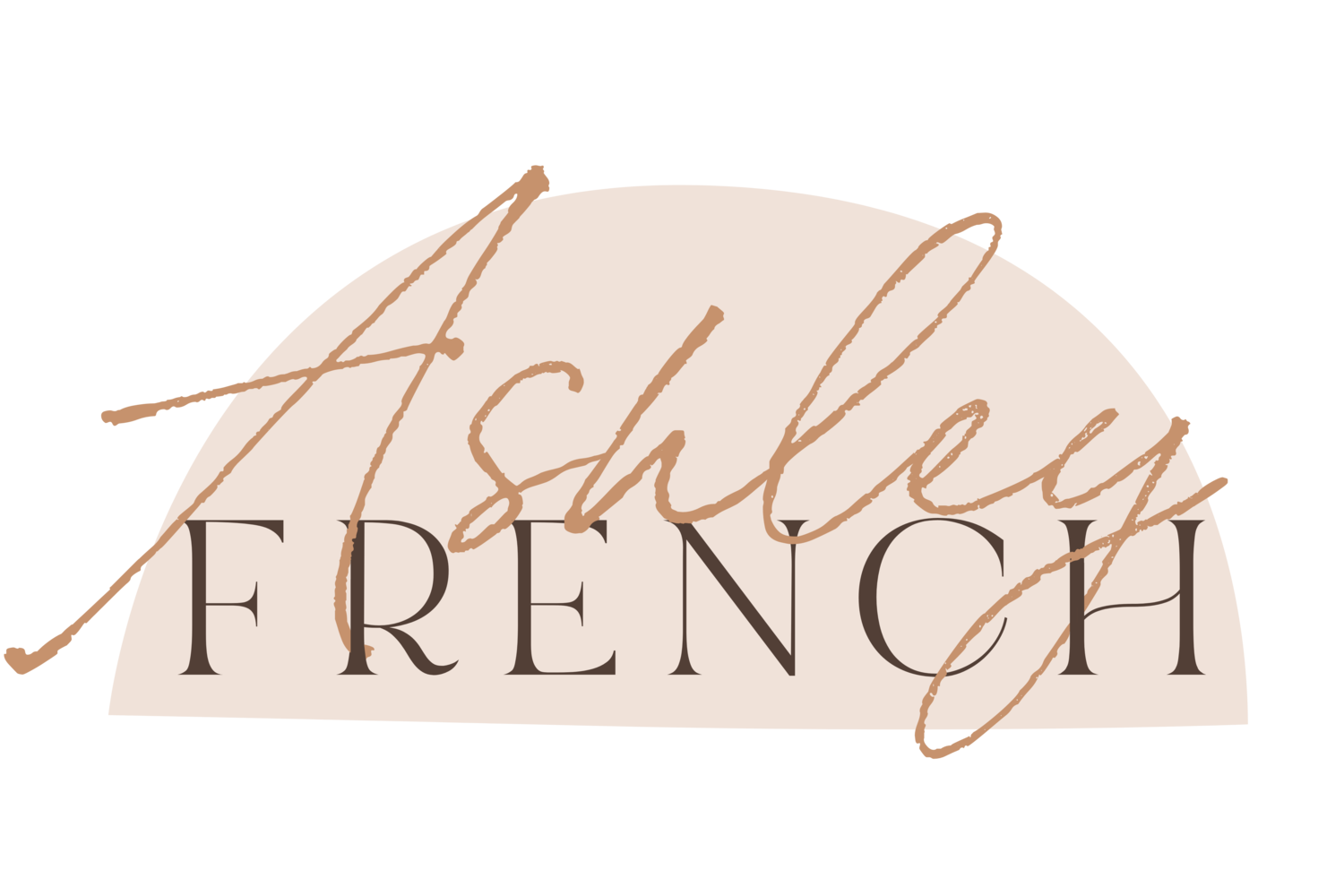
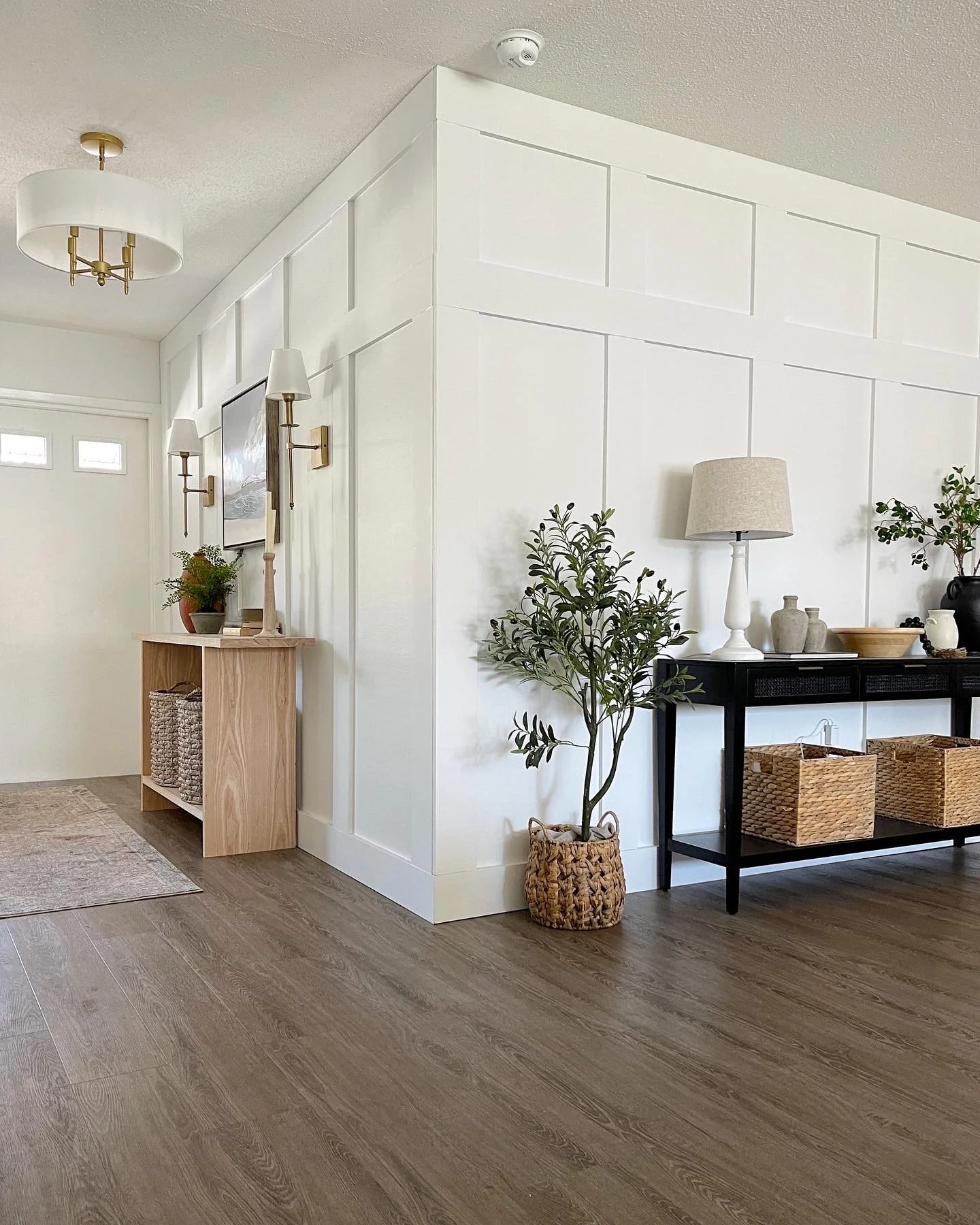





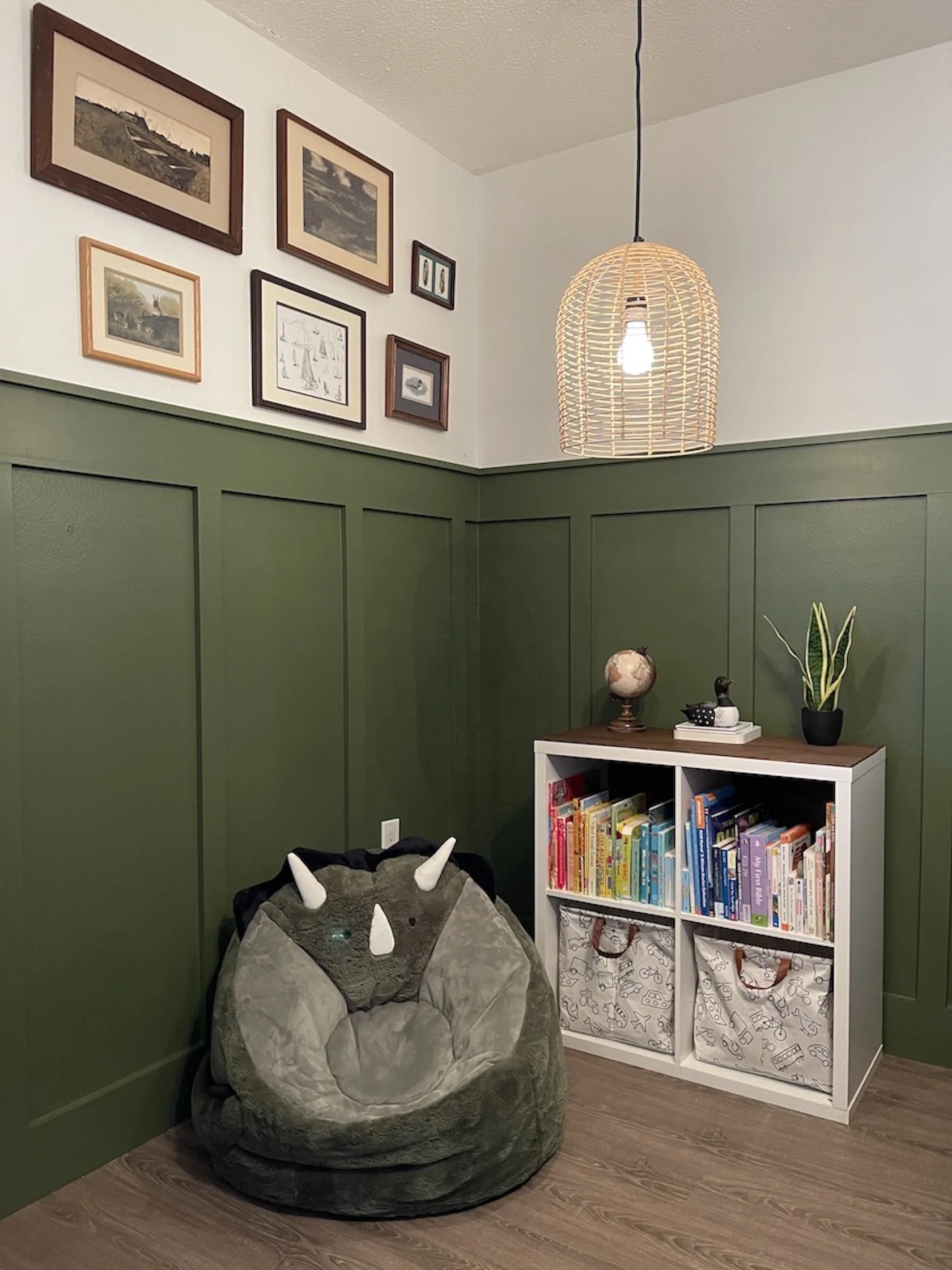
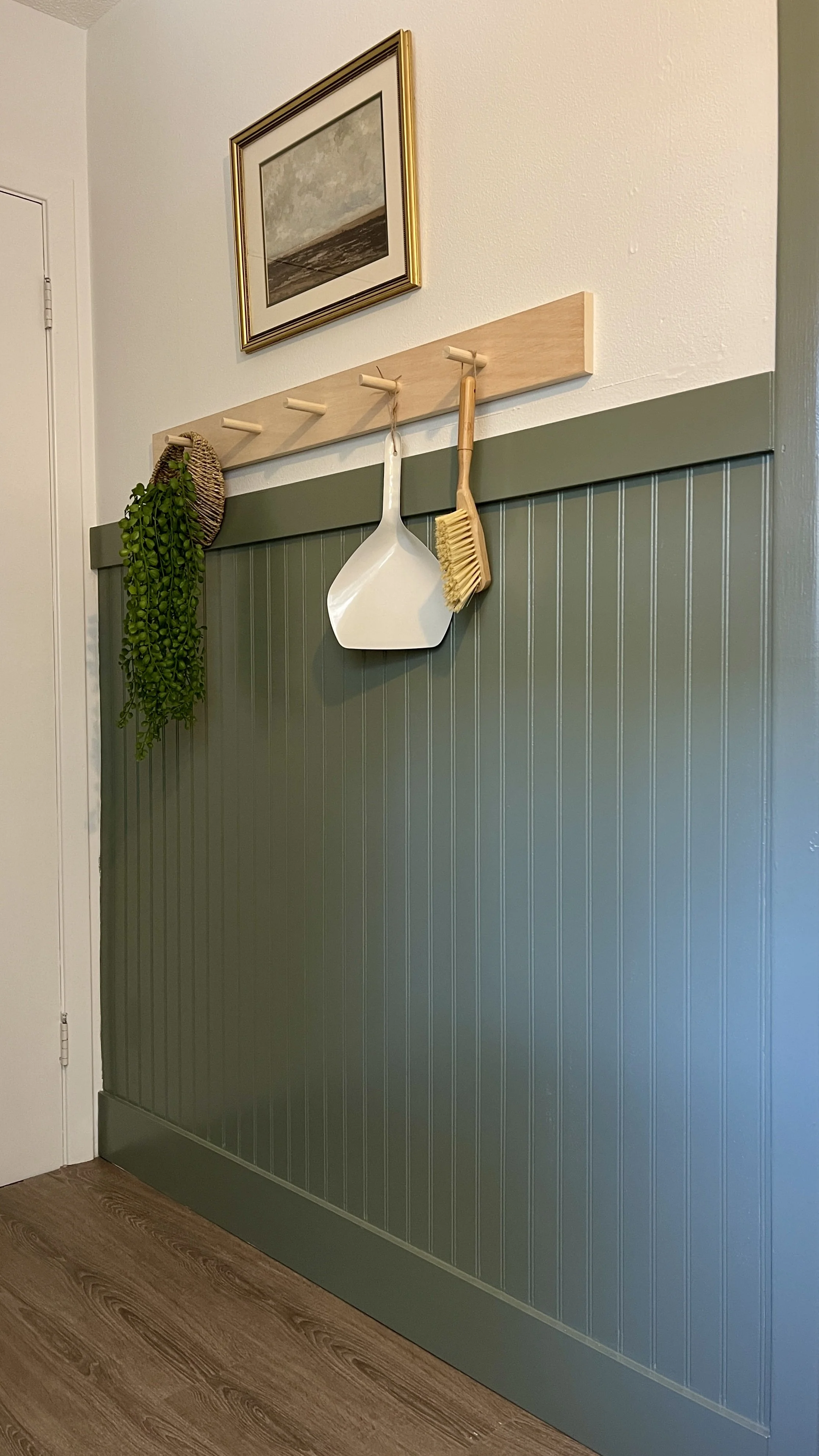





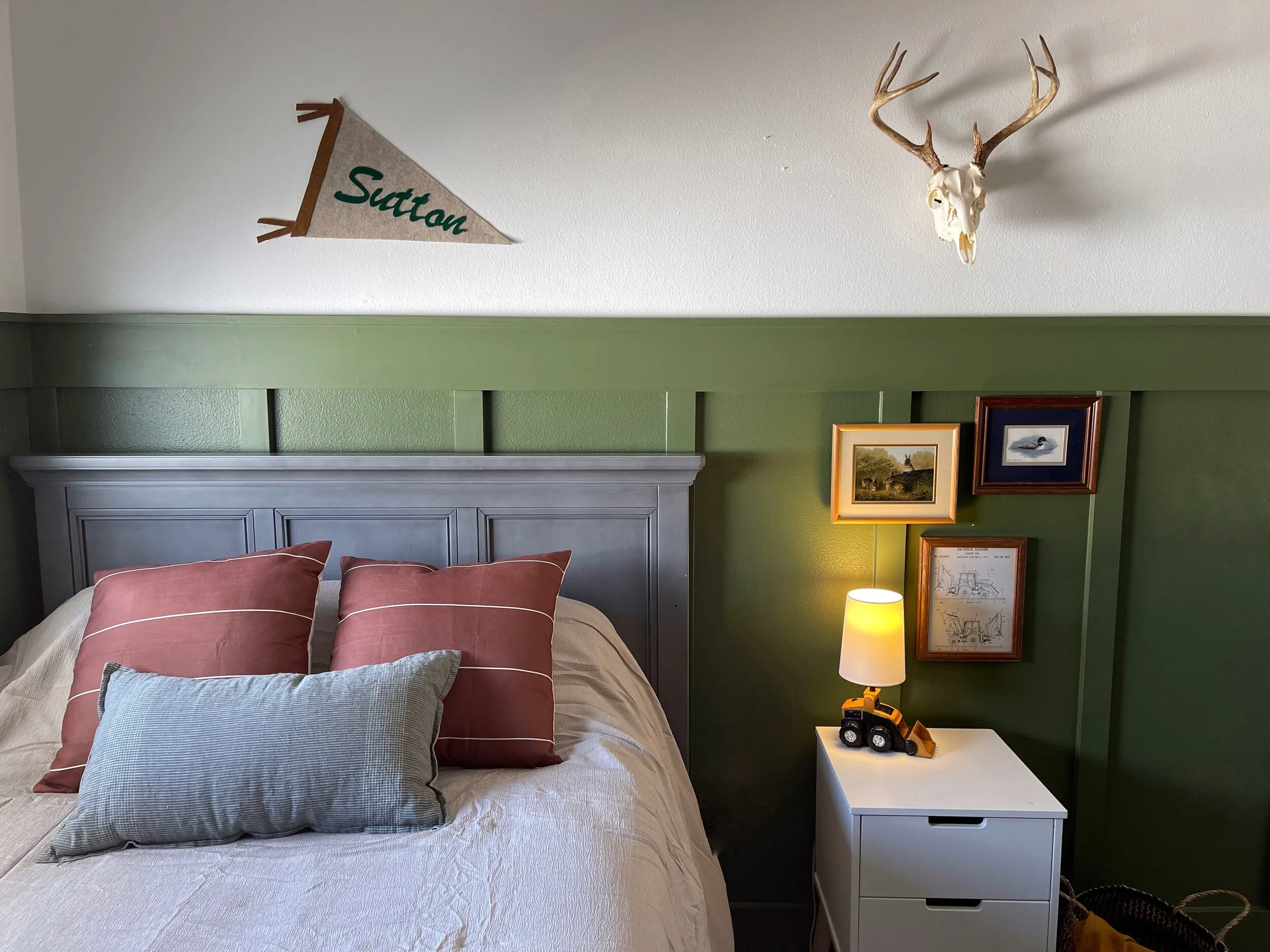


HEY THERE, I’M ASHLEY!
Here to inspire beginner DIYers!